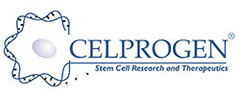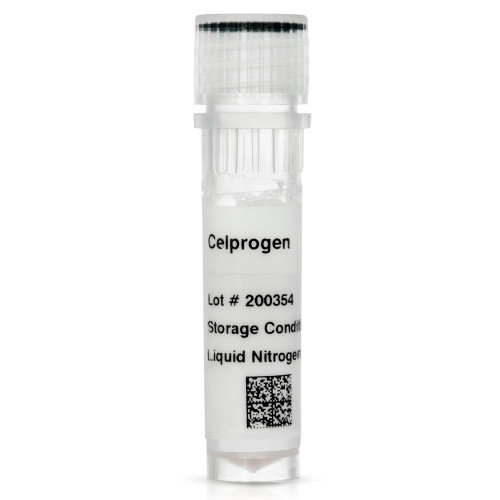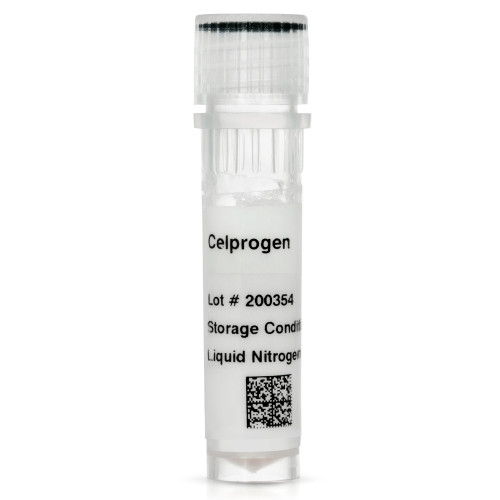Product Description
Porcine pancreatic elastase has a molecular weight of 26.0 kDa, and a pH optimum of 8.5. While elastase will hydrolyze a wide variety of protein substrates, it is unique among proteases in its ability to hydrolyze native elastin, a substrate not attacked by trypsin, chymotrypsin or pepsin. Soybean trypsin inhibitor and kallikrein inhibitor suppress proteolytic but not electrolytic activity. Elastase is assayed using a method adapted from that of Feinstein et al., Biochem. Biophys. Res. Comm., 50, 1020 (1973) and using the more soluble substrate of Bieth et al., Biochem. Med., 11, 350 (1974). Specificity
Porcine elastase I is specific for Ala-Ala and Ala-Gly bonds, while elastase II has a broad specificity for substrates with medium to large hydrophobic amino acids in the P1 position (Gertler et al. 1977, Del Mar et al. 1980, and Gestin et al. 1997). Porcine elastase is the most potent elastase, having a rate 20-fold higher than that of human leukocyte elastase (Bieth 1978, Bieth 1986, and Largman 1983).
Hydrolysis occurs in several steps. An adsorption complex between elastase and its substrate is formed, followed by nucleophilic attack (S214) to form an acyl-enzyme intermediate, and release of the first product (the C-terminal end of the substrate). The intermediate is hydrolyzed in a deacylation step, regenerating the active enzyme and releasing the second product (Bieth 1986).
Composition
The catalytic triad is formed by three hydrogen-bonded amino acid residues (H71, D119, and S214). The polypeptide chain is composed of two antiparallel beta-barrel domains, which form a crevice containing the catalytic triad, and a small proportion of alpha-helices (Bieth 2004).
Molecular Characteristics
Porcine pancreatic elastase is composed of a single peptide chain of 240 amino acids and contains 4 disulfide bridges (Sawyer et al. 1973). It has a high degree of sequence identity with pancreatic elastases from other species, such as rat with whom it shares 86% identity (MacDonald et al. 1982). Elastase I and II genes share sequence similarity, especially in the 5’ proximal flanking regions, which include the TATA box and a putative tissue-specific enhancer sequence (Ornitz et al. 1985, Stevenson et al. 1986, Swift et al. 1984, Tani et al. 1987, and Gestin et al. 1997).
Extinction Coefficient 54,870 cm-1 M-1 (Theoretical) E1%, 280 Equals 21.18 (Theoretical)
Protein: Typically, from 0.2 to 1.5 mg/ml
Activity: > 19.0 U/mg solid








